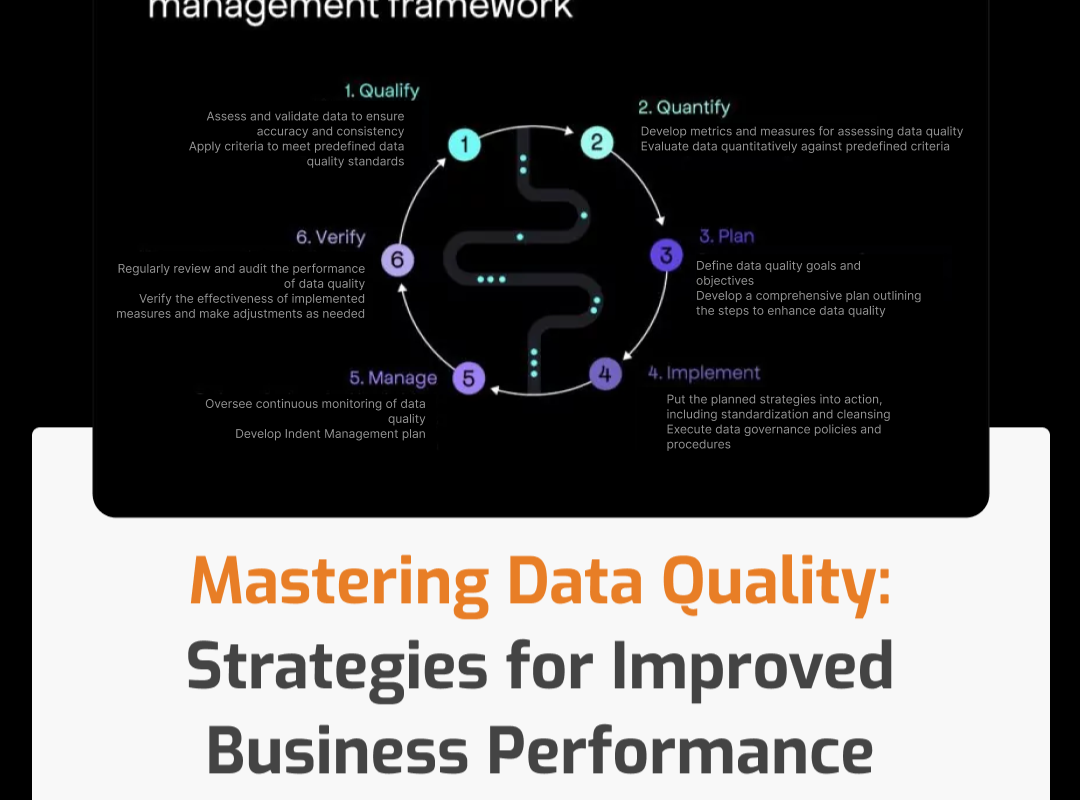Crafting a robust Business Intelligence (BI) strategy or roadmap isn’t just about plotting a course through data—it’s a strategic journey that unlocks the transformative power of information. Additionally, in today’s data-driven landscape, businesses are navigating a complex terrain where every decision, big or small, hinges on insights derived from raw data.
A well-crafted BI roadmap is akin to a treasure map, guiding organizations to unearth valuable insights, optimize operations, and chart a course toward sustainable growth. However, to embark on this journey successfully, it requires more than just a cursory glance at data points—it demands a deep dive into understanding BI’s intricacies and how they seamlessly integrate with organizational goals.
Now, let us embark on this exhilarating adventure into the world of Business intelligence strategy, where data isn’t just numbers on a screen, but the compass guiding businesses towards their full potential.
To do that, let us explore each aspect in detail:
What Is Business Intelligence And Its Objectives?
Firstly, business Intelligence refers to the process of gathering, analyzing, and transforming raw data into actionable insights to support decision-making processes within an organization. Additionally, the primary objectives of BI include:
- Enhancing operational efficiency by optimizing processes and resource allocation.
- Improving decision-making by providing timely and accurate insights.
- Identifying new market opportunities and trends to stay ahead of the competition.
- Gaining a deeper understanding of customer behavior and preferences.
How To Select The Right Business Intelligence Strategy Tools & Technologies?
Additionally, when choosing the appropriate BI tools and technologies, it is crucial for the success of BI initiatives to consider the following:
- Scalability: Ensure that the chosen tools can accommodate the organization’s growth and increasing data volumes.
- Compatibility: Select tools that integrate seamlessly with existing systems and technologies.
- Advanced Analytics Capabilities: Look for tools that offer predictive and prescriptive analytics to uncover hidden patterns and trends.
- User-Friendliness: Opt for intuitive interfaces and easy-to-use tools to encourage widespread adoption among users.
What KPIs Are Essential For Business Intelligence Strategy Success?
Also, key Performance Indicators (KPIs) are instrumental in measuring the success of BI initiatives. Some essential KPIs include:
- Data Quality: Ensuring the accuracy, completeness, and reliability of data. Know more about data Quality.
- User Adoption Rates: Assessing how effectively BI tools are being utilized across the organization.
- ROI: Calculating the return on investment generated by BI initiatives.
- Time-to-Insight: Measuring the speed at which insights are delivered to decision-makers.
- Alignment with Organizational Goals: Ensuring that BI efforts are aligned with the broader strategic objectives of the organization.
How To Gain Competitive Advantage With BI?
Additionally, BI can provide organizations with a significant competitive advantage by enabling them to:
- Identify market trends and opportunities ahead of competitors.
- Anticipate customer needs and preferences through advanced analytics.
- Optimize operational processes to reduce costs and improve efficiency.
- Develop data-driven strategies for innovation and growth.
What Challenges Come With Business Intelligence Strategy Implementation?
Also, despite its benefits, BI implementation can present challenges such as:
- Data Silos: Integrating data from disparate sources to create a unified view of the organization.
- Data Governance: Establishing policies and procedures for data management, privacy, and security.
- Resistance to Change: Overcoming cultural barriers and promoting a data-driven mindset among employees.
- Technical Complexity: Addressing integration issues and ensuring the scalability and performance of BI systems.
How To Monitor BI Performance?
Additionally, continuous monitoring of BI performance is essential to ensure that objectives are being met and that the system is delivering value. This involves:
- Establishing Key Metrics: Identifying the most relevant KPIs and performance indicators.
- Conducting Regular Audits: Reviewing data quality, system performance, and user feedback.
- Making Necessary Adjustments: Responding to changing business needs and technological advancements.
How To Adapt Business Intelligence Strategy Over Time?
Adaptability is key to the long-term success of BI initiatives. Organizations should:
- Regularly Review Business Needs: Stay abreast of changes in the market, industry, and regulatory environment.
- Embrace Emerging Technologies: Incorporate new tools and techniques to enhance BI capabilities.
- Foster a Culture of Continuous Improvement: Encourage feedback and innovation to drive ongoing optimization of BI strategies.
In conclusion, a well-crafted BI roadmap can empower organizations to harness the full potential of their data and drive informed decision-making. Also, by selecting the right tools, defining relevant KPIs, overcoming implementation challenges, and continuously monitoring and adapting their strategies, businesses can gain a competitive edge and achieve their objectives.






